WHY PROTECT the night sky?
Consider This
Read each of the reasons shared on this page and think about why it’s important to you personally.
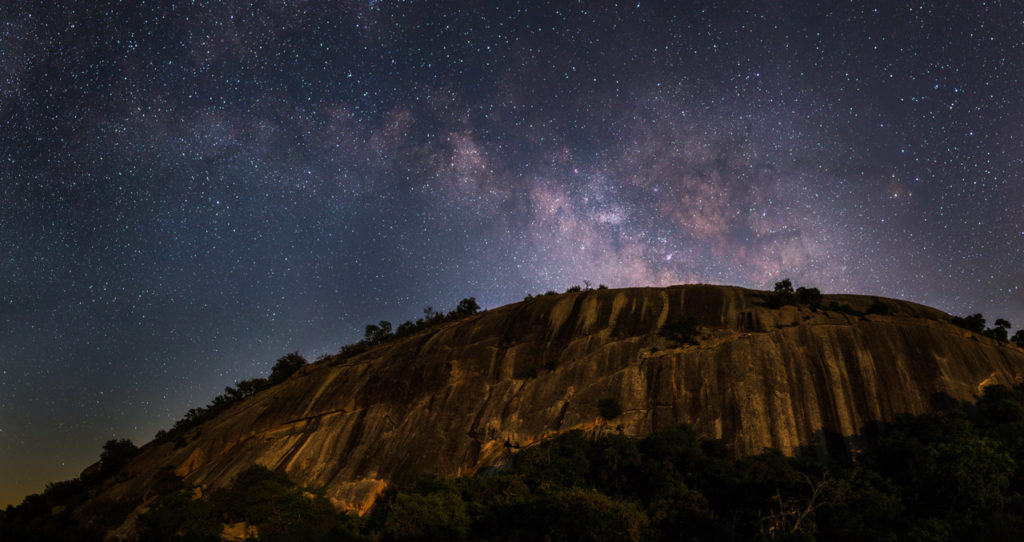
Photo by Evan Miller
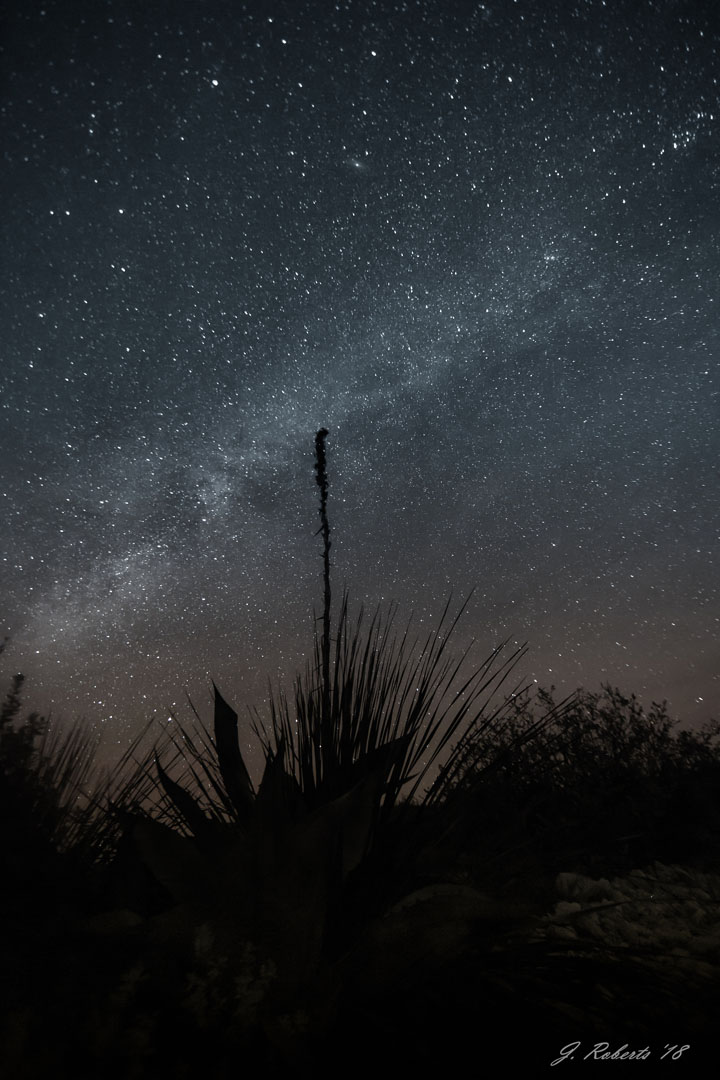
Photo by Jerod Roberts

Our Heritage

Property rights
Each Texan should be free to illuminate their own property with lighting that stays on their property and does not go above the structures on their property to damage our common view of the night sky.
Our property rights should be protected so that no one has unwanted artificial lights intruding onto their property. Artificial lighting from off-site can destroy an owner’s ability to enjoy their property. This unwanted light trespassing onto another’s property is a nuisance.
The example at the right shows lights that are almost one mile away, but which disrupt the activities of the owner of the property where the photo was taken.
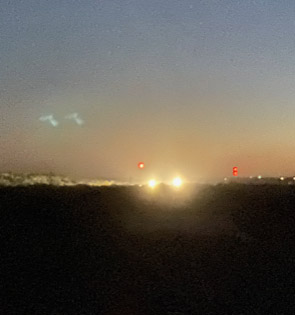
Lights that are one mile away
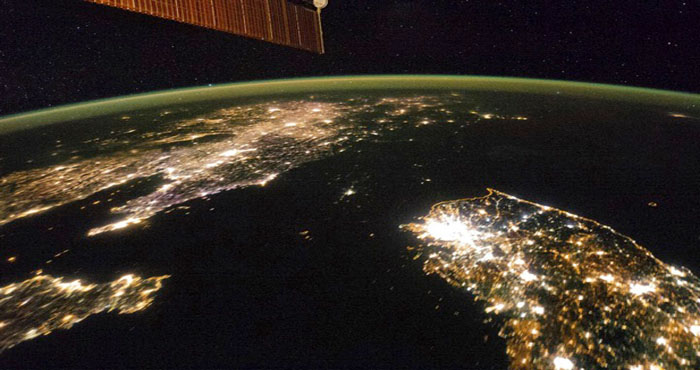

save money

Safety & Security
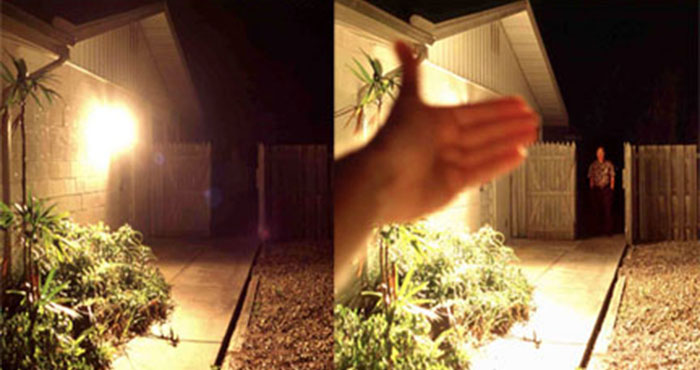
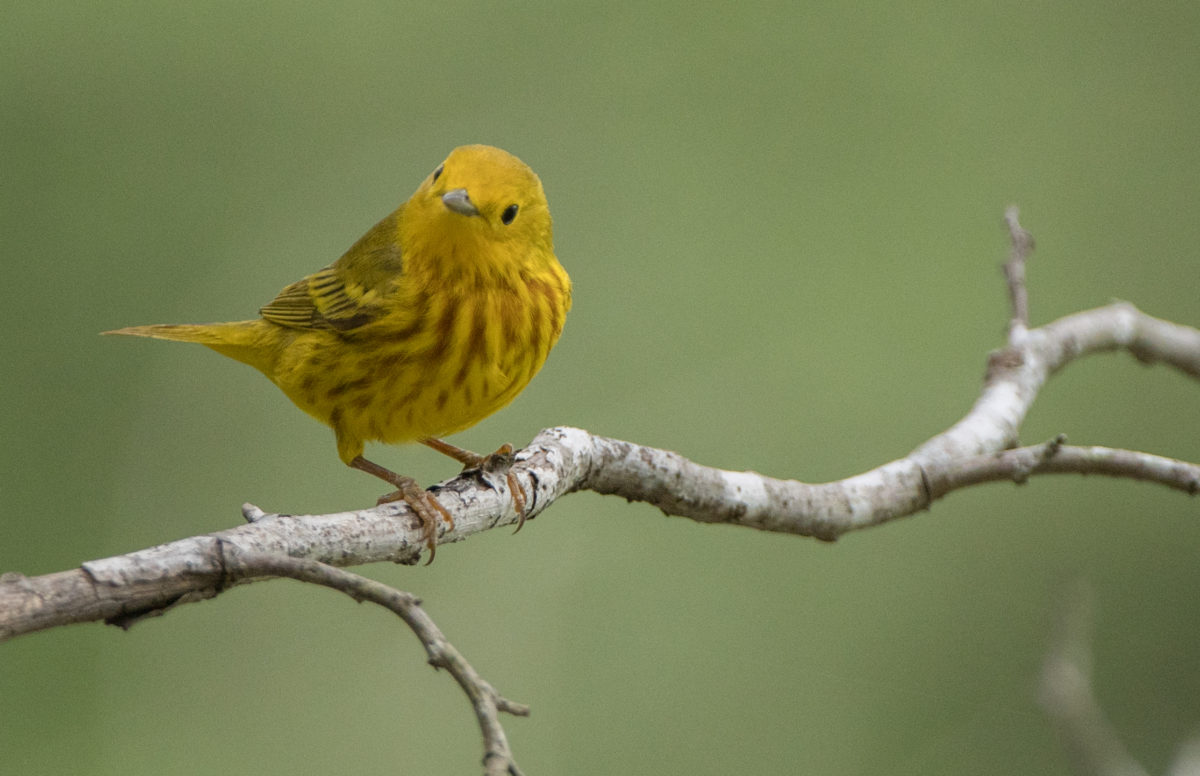
Photo by Joe Halton

Native Wildlife & Plants
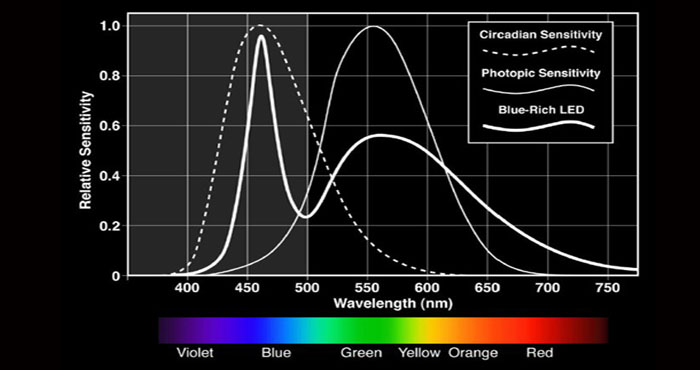

Health & Humanity
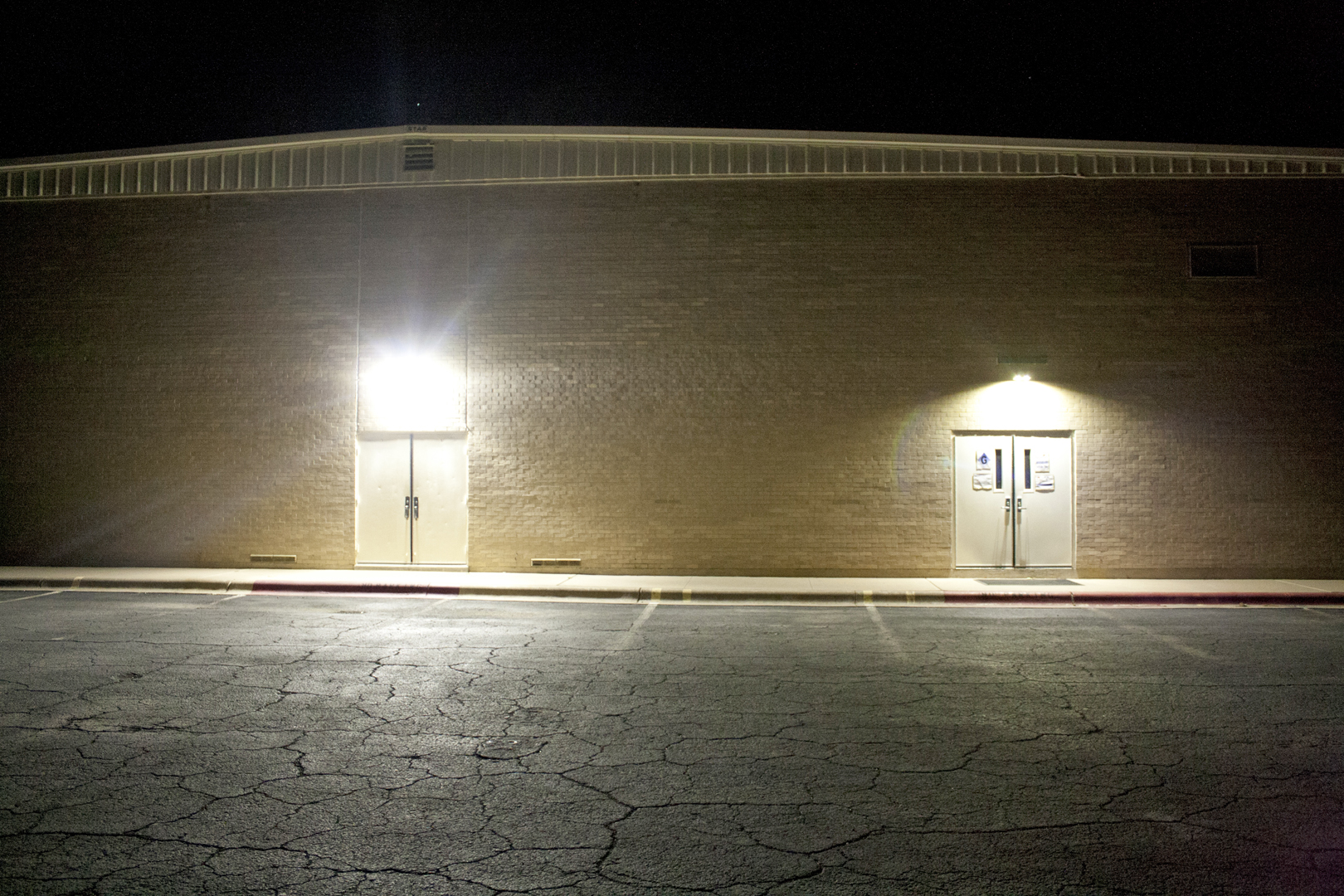
Photo by W. Wren

Aesthetics
So, when you need artificial light, direct the light where you need it, hide the light source, use the least amount of light you can , turn it off when you do not need it, and use a warm (2700 Kelvin or less) light source.

Quality of Life
What does one need to live “the good life”?
Nutritious food and clean water, a place to live, access to education and health care are all deemed necessary for good quality of life. Then there are those less obvious, sometimes intangible, features of a good life such as happiness and a sense of purpose.
Experiencing nature in its abundant diversity makes us feel happy, more relaxed and at peace with the world. What could be more natural than the beautiful night sky? The majestic star-studded expanse puts everything in perspective. But when we’re cut off from the view because of electronic screens, myriad artificial lights and cities where everything is illuminated, we don’t see the stars and we feel the loss.
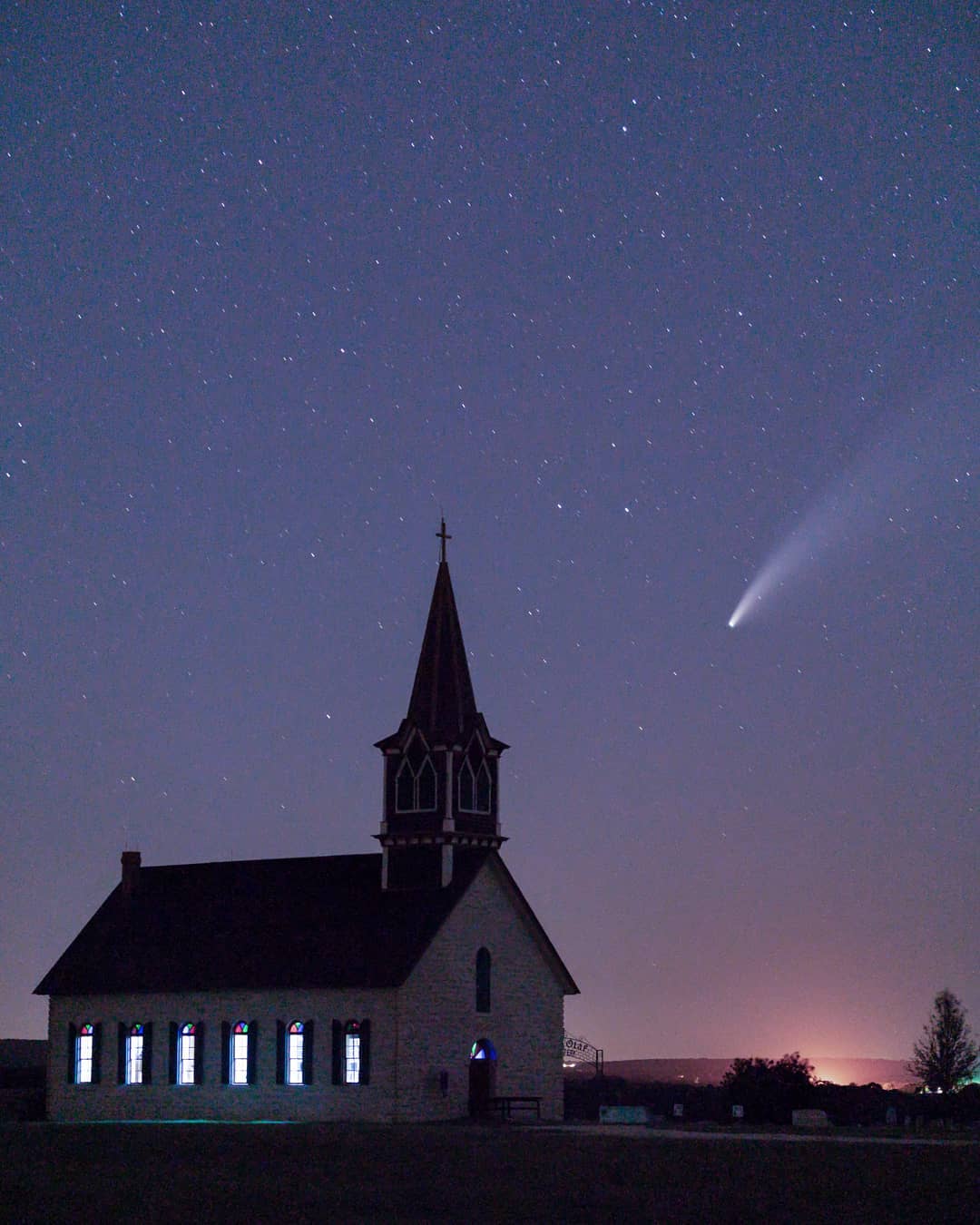
Photo by Rudy Ramirez
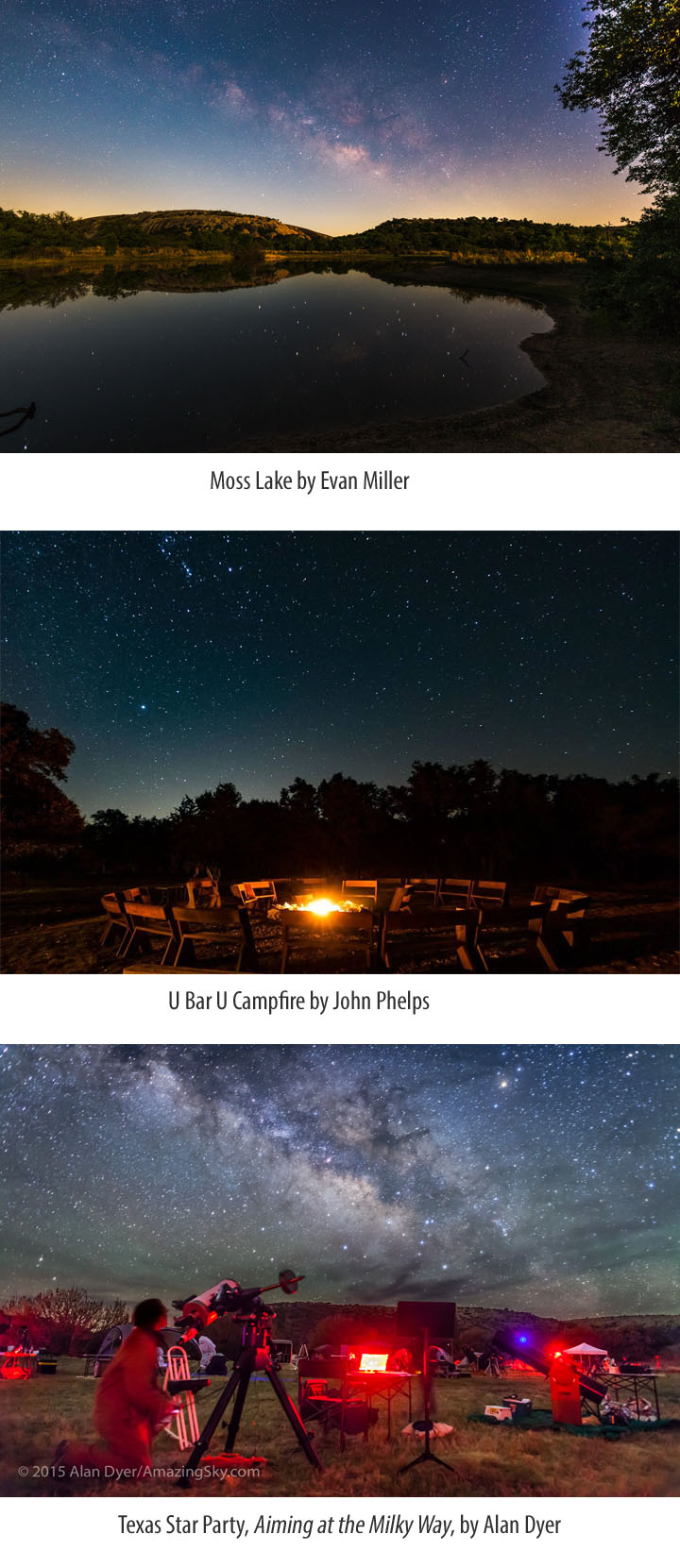

Tourism
Texas has many tourist attractions, but one of the most valuable is right above our heads every night. The Texas sky, where the stars are still big and bright, is drawing more and more visitors to dark sky areas. As skies grow more light polluted in our cities, Texans and non-Texans alike find themselves just wanting a night under the stars away from the lights, and parents want to show their children the Milky Way and stars like they remember from their youth.
You are probably aware of the popular weekly star parties conducted by the McDonald Observatory Visitors Center near Fort Davis. Those events bring approximately 80,000 visitors annually to the Fort Davis area. However, you do not need the lure of a major observatory and big telescopes to bring people to your area. The promise of a dark, star-filled sky is enough.
Dark sky tourism has a rich future in Texas. Numerous communities and subdivisions are highlighting the night sky as a feature already. Cities, towns, chambers of commerce and tourist bureaus can join this movement using these tips:
• Highlight local dark skies in advertising and on websites.
• Set aside local public areas where visitors can get away from the city lights (rural parks are ideal for this, provided the area lights are turned off).
• Coordinate with local amateur astronomers to set up weekend star parties for visitors.
• Encourage local rural B&B’s to highlight their dark skies in their advertising and to provide dark areas away from their light to allow viewing. Some B&Bs may even arrange to have local astronomers on site every weekend.
In addition, thousands of tourists will converge on Texas sites for the April 8, 2024 total eclipse of the Sun. They will want observing sites within the path of totality where night-time lighting will not turn on automatically during the eclipse, ruining their photographs. Many will also want to take advantage of dark Texas skies on the nights before and after the eclipse. Texas localities can check whether they are in the path of totality at https://nationaleclipse.com/maps.html.
